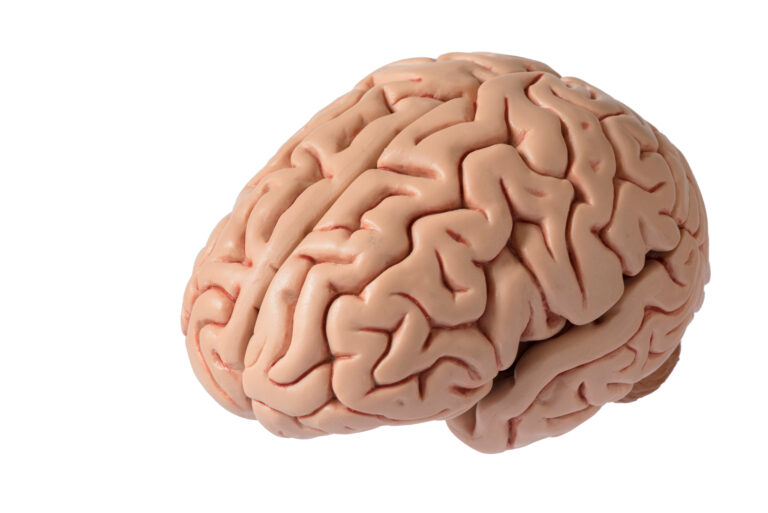Novel Drug Target Discovered for Treating Alzheimer’s Disease
Alzheimer’s disease is a progressive and irreversible brain disorder that affects millions of people worldwide. It is the most common form of dementia, accounting for 60-80% of all cases, and is characterized by memory loss, cognitive decline, and behavioral changes. Currently, there is no cure for Alzheimer’s, and available treatments only provide temporary relief of symptoms.
However, hope may be on the horizon as researchers have recently discovered a novel drug target for treating Alzheimer’s disease. This groundbreaking discovery could potentially lead to new and more effective treatments for this devastating disease.
The key to understanding this discovery lies in the pathophysiology of Alzheimer’s disease. It is believed that the accumulation of two proteins, beta-amyloid and tau, in the brain leads to the development of Alzheimer’s. Beta-amyloid forms plaques, while tau forms tangles, both of which disrupt normal brain function and ultimately lead to cell death.
Previous research has focused on targeting these proteins, but with limited success. Therefore, scientists have been exploring alternative drug targets that may be more effective in treating Alzheimer’s disease.
In a recent study published in Nature Communications, researchers identified a new drug target known as the NMDA receptor. This receptor is responsible for regulating the activity of glutamate, a neurotransmitter that plays a crucial role in learning and memory.
The team of researchers found that in Alzheimer’s disease, the NMDA receptor becomes overactive, leading to an excess of glutamate in the brain. This excess glutamate then triggers a series of events that ultimately result in the formation of beta-amyloid plaques and tau tangles.
By targeting and blocking the NMDA receptor, researchers were able to prevent the production of beta-amyloid and tau in animal models with Alzheimer’s disease. This finding suggests that targeting the NMDA receptor could potentially halt the progression of Alzheimer’s disease.
One of the advantages of targeting the NMDA receptor is that there are already FDA-approved drugs that can do so. These drugs, called NMDA receptor antagonists, are used to treat other neurological disorders such as epilepsy and neuropathic pain. This means that with further research and clinical trials, a new treatment for Alzheimer’s disease could potentially be developed quickly and at a lower cost compared to developing a completely new drug.
Moreover, targeting the NMDA receptor may also have fewer side effects compared to current treatments for Alzheimer’s disease. The currently available drugs for Alzheimer’s are known to cause numerous side effects, including nausea, vomiting, and dizziness. By specifically targeting the NMDA receptor, the potential for unwanted side effects could be reduced.
This discovery is not only significant in treating Alzheimer’s disease, but it also opens up new avenues for research into the underlying mechanisms of the disease. With a better understanding of how the NMDA receptor contributes to the development of Alzheimer’s, researchers can explore other potential drug targets and develop more effective treatments.
While this is a promising development, there is still a long road ahead before a new treatment for Alzheimer’s disease based on this discovery becomes available. More research is needed to confirm these findings in humans and to determine the optimal dosage and safety profiles of NMDA receptor antagonists for treating Alzheimer’s disease.
In conclusion, the discovery of a novel drug target for Alzheimer’s disease is a significant breakthrough that brings hope to millions of people affected by this debilitating condition. With continued research and development, we may finally have an effective treatment for Alzheimer’s disease that can slow or even halt its progression.





